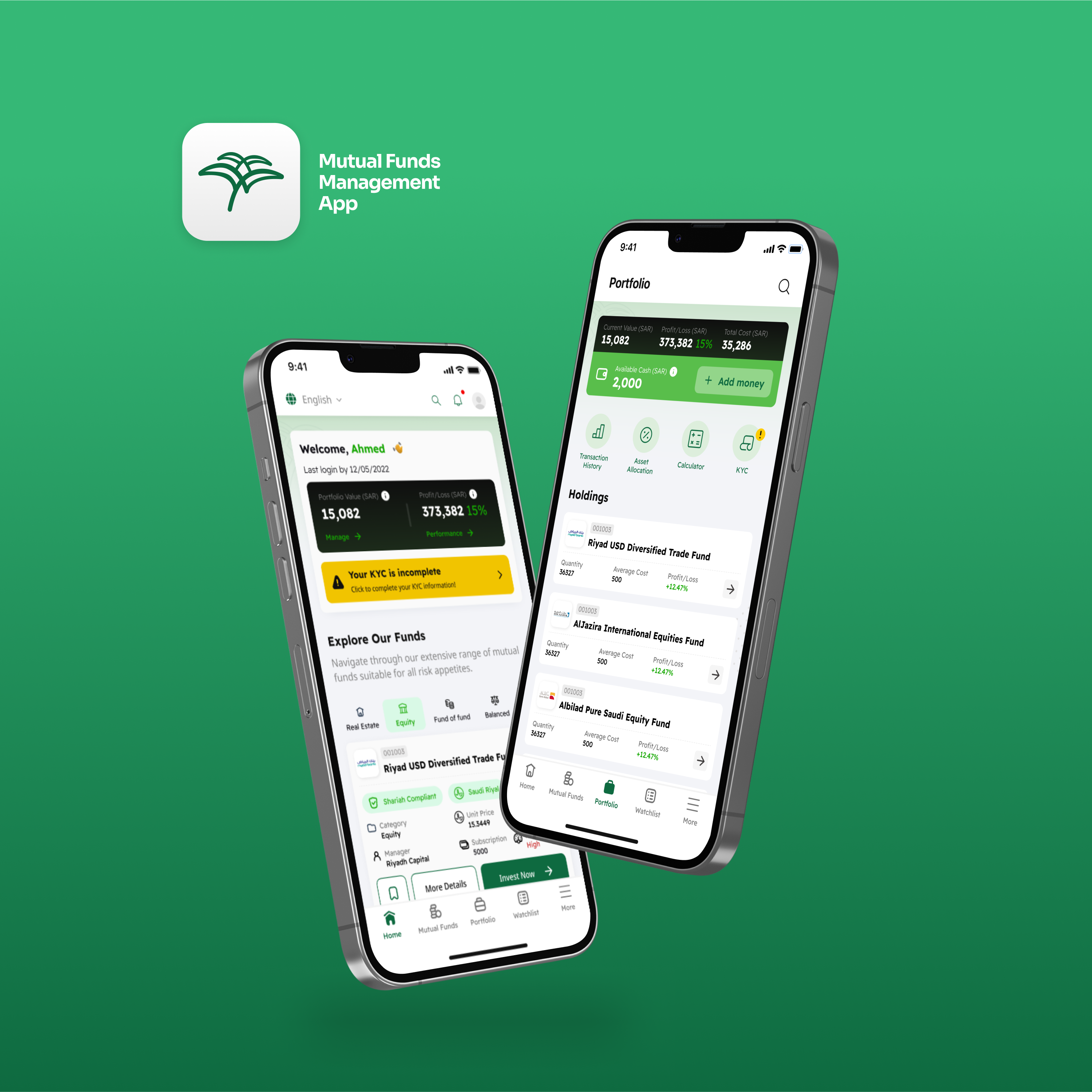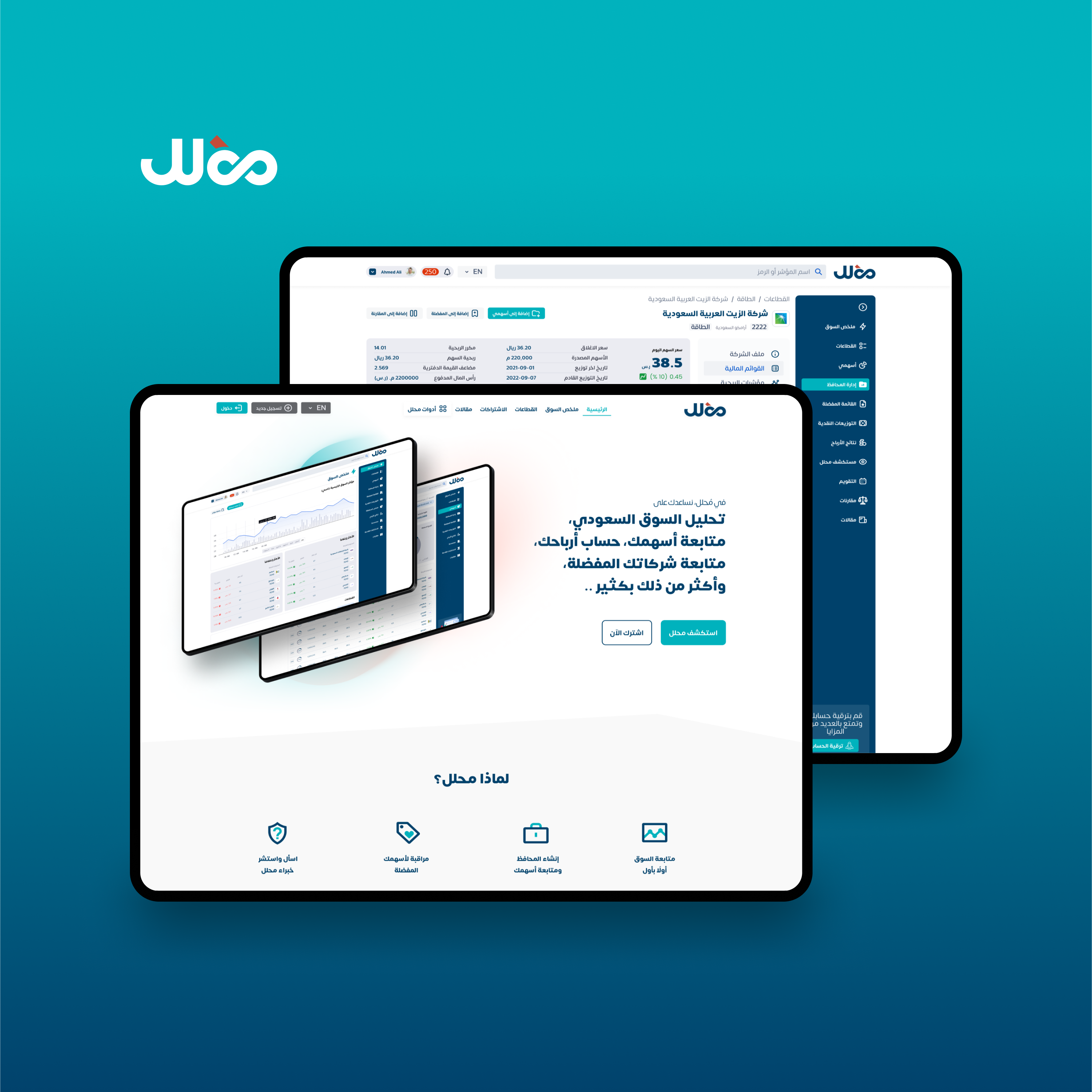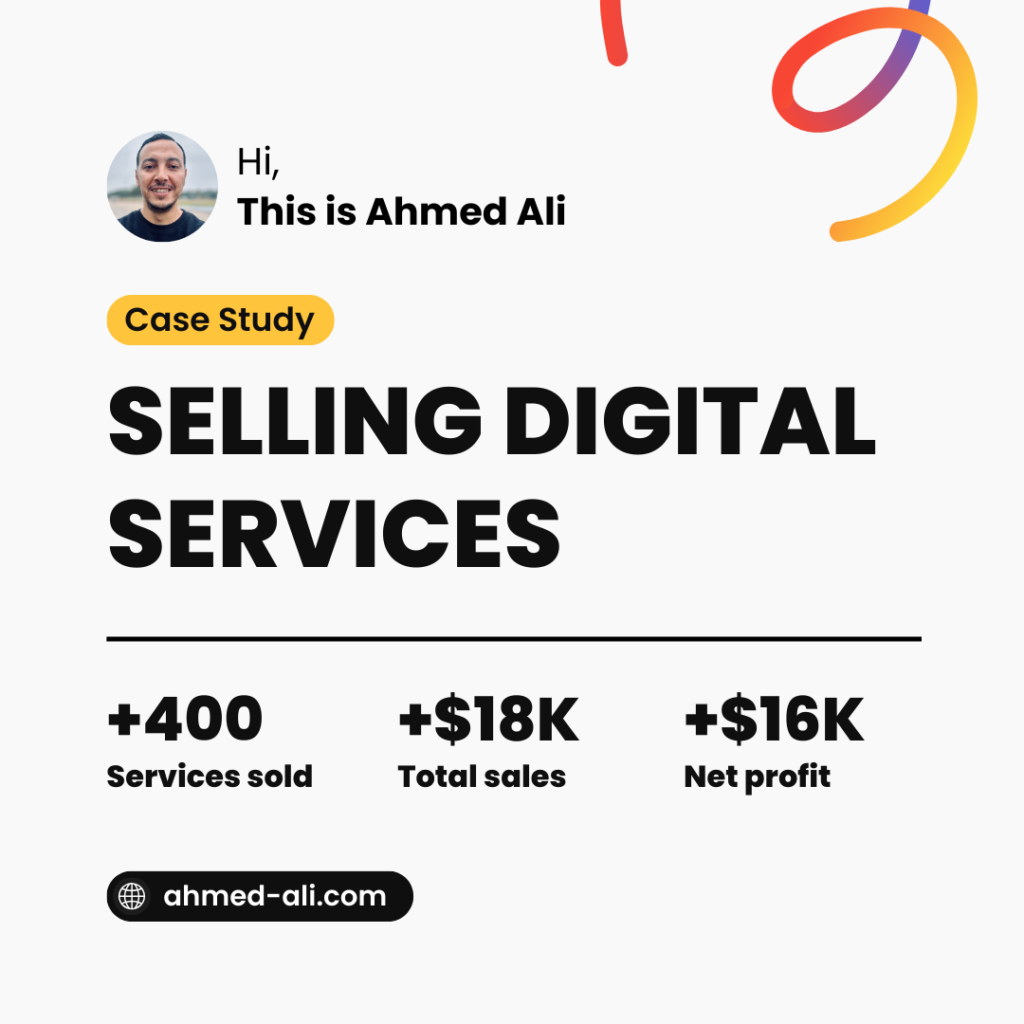
In early 2023, I was looking for an additional source of income. My goal was to find quick-to-implement ideas that would generate a reasonable monthly return without taking too much time. Here’s a step-by-step breakdown of what I did, in case you’re interested in replicating this model.
1. Services Offered
a. Initial Services
The first service I offered was helping people create ChatGPT accounts. Initially, I did this for free, but as demand grew, I decided to charge a small fee to cover the costs of obtaining a US phone number for SMS verification (around $0.75 per number). I created a post explaining how people could do this themselves, but many still preferred I handle it for them.
Realizing some people valued their time over the minimal cost, I introduced a basic pricing model:
- $5 for creating a ChatGPT account.
- $30 for a ChatGPT Plus subscription, which required setting up a unique payment card for each client to manage renewals and balance.
This service gained traction, and many clients subscribed monthly.
b. Expanding Services
I added more services over time, such as:
- Personal Shopping Assistance: Helping clients find the best deals in the U.S. for a fixed fee.
- International Shipping: Facilitating deliveries using DHL, USPS, or UPS with country-specific fees.
- Account Services: Assisting clients in creating Wise accounts, ordering cards, and shipping them internationally.
- Visa Assistance: Helping with applications for Schengen, U.S., and other tourist visas.
- Consulting Services: Offering advice on various topics for a nominal fee.
2. Marketing Strategy
a. Online Platform
I needed a simple website to showcase these services and handle payments seamlessly. Instead of creating a website initially, I opted for BuyMeACoffee, a platform that allows creators to offer services and collect payments. Its low fees and user-friendly setup were perfect for managing my services via the “Shop” feature.
b. Social Media
I wrote a detailed post outlining my services and pinned it to my Facebook profile. Using Canva, I designed a visual summarizing the services, which helped the post gain organic traction. People started sharing it independently, and word-of-mouth referrals brought in more clients.
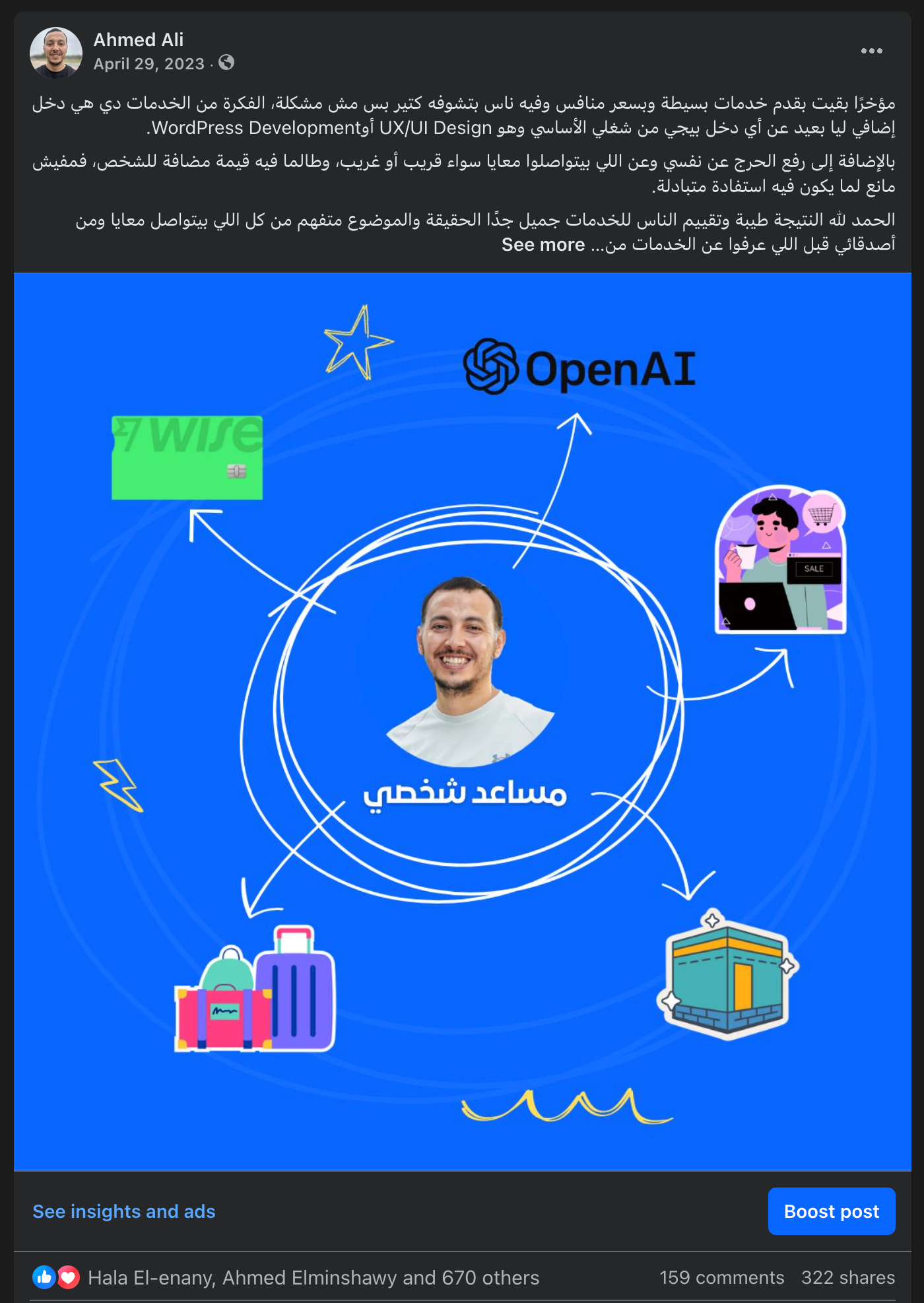
c. Personal Website
As demand grew, I decided to create a dedicated website called Miniz.me, reflecting the concept of “mini services.” The site was simple and focused on usability. I incorporated client feedback to refine the service descriptions and overall design.
For payments, I accepted transactions through Wise and later integrated Stripe for direct payments.
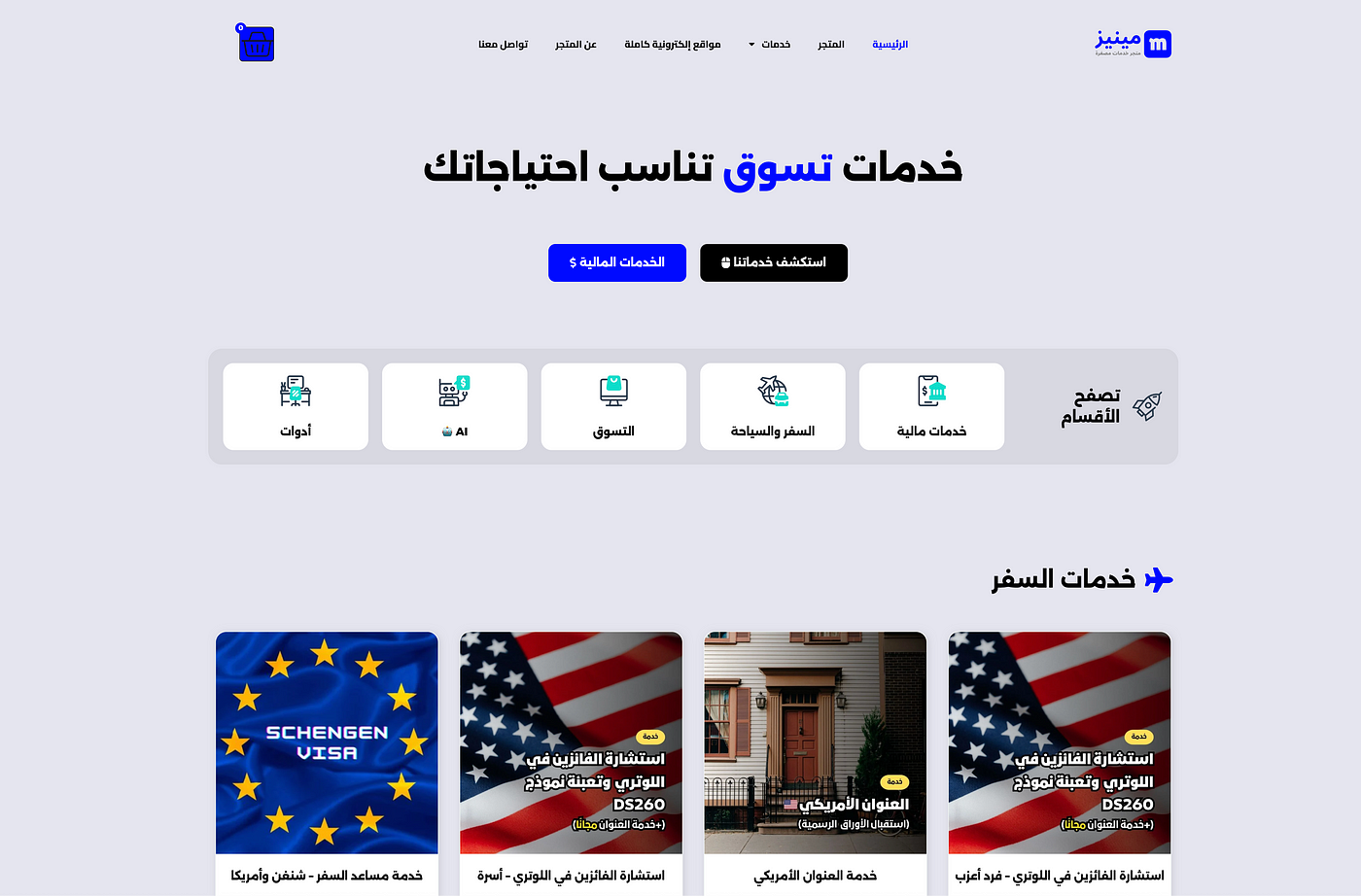
3. Results (January 1, 2023 — December 31, 2023)
- Services sold: 400+
- Total sales: $18,000
- Net profit: $16,000
4. How You Can Replicate This Model
If you have a skill that can be performed online, you can adapt this model in various ways. Here are some tools to help you get started:
- BuyMeACoffee: Showcase and sell services, especially for content creators.
- Gumroad: Ideal for selling digital products like Notion templates, plugins, or eBooks.
- Topmate.io: Great for offering consulting and digital services with a free plan option.
- There are countless other platforms for selling services or digital products depending on your expertise — do some research and choose what suits your needs.
Final Thoughts
I hope this case study provides actionable insights into starting a small digital service business. If you have any questions or need advice, feel free to reach out, and I’ll assist as my schedule allows.
